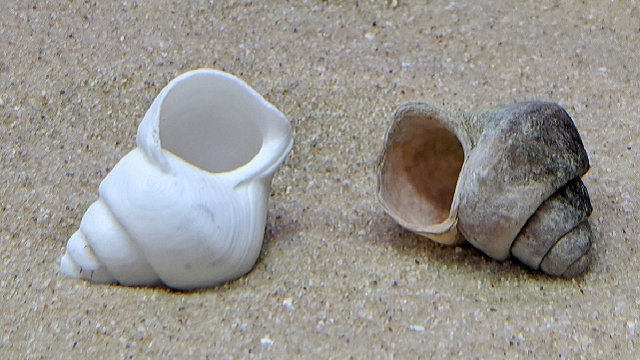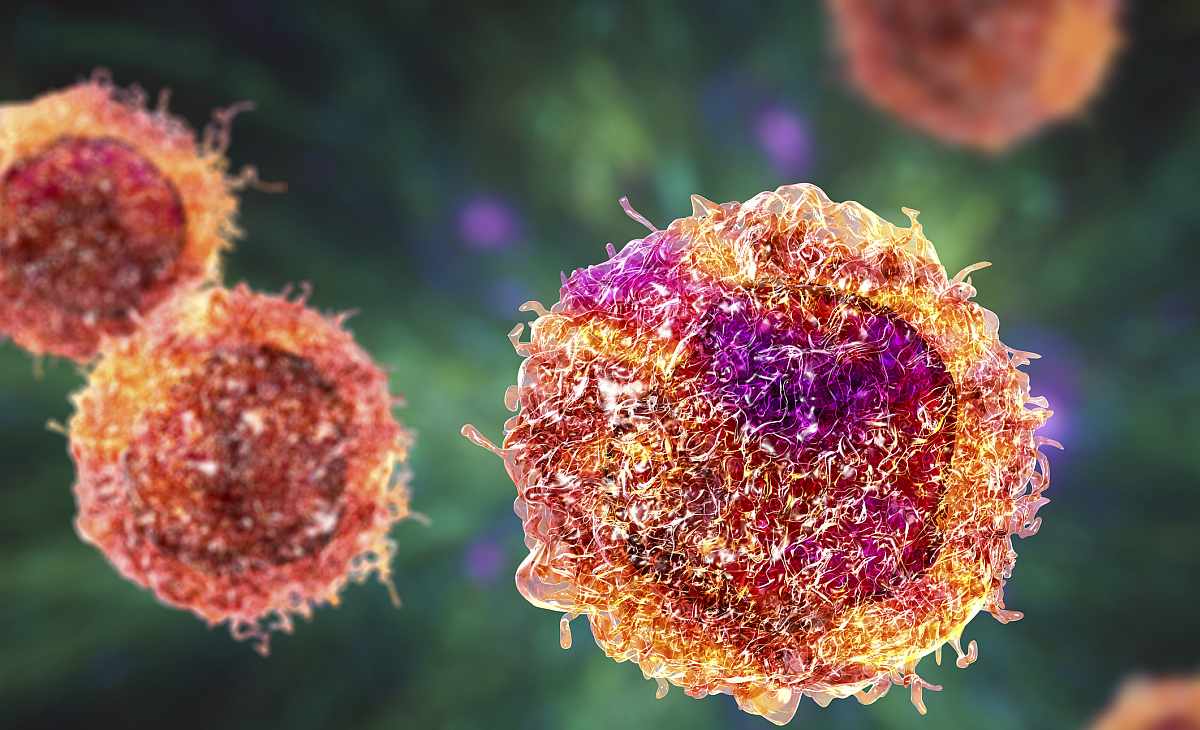3D technology meets behavioural research.
This resource demonstrates how technology can be used in scientific studies of nature to ensure consistency and fair tests. It is suited to biology students studying features, adaptations or evolution in years 3, 5, or 10.
Word Count: 590

How do animals make decisions, such as where to live? This is an important choice with implications for key life matters such as rearing offspring, interacting with others, accessing food and staying safe from predators.
But these are constrained by what’s available in the environment, where many structural traits such as size, shape, colour and texture are strongly linked, making it difficult to nut out animals’ true preferences.
Now, researchers have turned to 3D scanning and printing to explore this in-depth and find out what really matters, publishing their results in the journal Proceedings of the Royal Society B.
Their study participants were shell-dwelling cichlid fish, Neothauma tanganyicense.
A self-professed long-time “aquarium nerd”, senior author Alex Jordan from the Max Planck Institute and the University of Konstanz, Germany, noticed that cichlid shells differ in their shapes, sizes and chirality (direction of coiling).
“This seemed important,” he says, “as over millennia of evolution, the fish in each lake might have become adapted to their shells, since they use them for all aspects of life as shelters and breeding chambers.”
Moving beyond his childlike fascination with the fish, Jordan saw an opportunity to explore their shell preferences using 3D technology in the lab.
To do this, his team scanned a range of cichlid shells from Lake Tanganyika, Africa, using a micro-CT scanner.
Using computer-aided design software to manipulate the shells, they created 3D models that exaggerated or reduced specific architectural or structural features deemed relevant to the daily lives of the fish.
These included lengthening the shells, expanding their entrances or mirroring their chirality while maintaining other standard dimensions.
“This way we could, for example, present fish with a range of shells that differed in just the size of their entranceways, while the rest of the shell structures were unvarying,” explains lead author Aneesh Bose.
The cichlids were presented with seven different options so the researchers could calculate their preferences.
It turns out the fish valued different shell features to varying degrees. Most sought after were fully intact shells, which was more important than the shell’s length. However, they valued the length more than the size of the entrance.
Their overriding preference for intact shells could be attributed to the shells’ structural robustness, the authors suggest. Broken shells would likely be frailer and could let predators or competitors in.
Until now, two-task paradigms have been used to work out what traits or features individuals prefer such as resources, mates and habitats, Bose explains, which reveal things like males prefer larger over smaller females, or animals prefer to live in larger over smaller shelters.
Manipulating the options and providing more choices offers a far more nuanced approach.
The team says the 3D technology offers a whole new world of opportunities for researchers to create and manipulate objects to understand how animals choose between complex, alternative choices in different contexts.
“Our ultimate goal is to understand why animals choose the things they do, so first we have to be certain we know what they choose,” says Jordan.
“For example, I choose my beer based on taste, and I don’t really care about the bottle it comes in. But someone watching me might notice that all my favourite beers come in green bottles, and conclude I prefer green bottles.
“If we are to avoid making the same mistake in animal behaviour, we need to figure out a different way. Our study shows how you can experimentally dissociate linked traits and gives us a very powerful experimental framework to explore the ultimate basis of animal decision-making.”
Login or Sign up for FREE to download a copy of the full teacher resource




